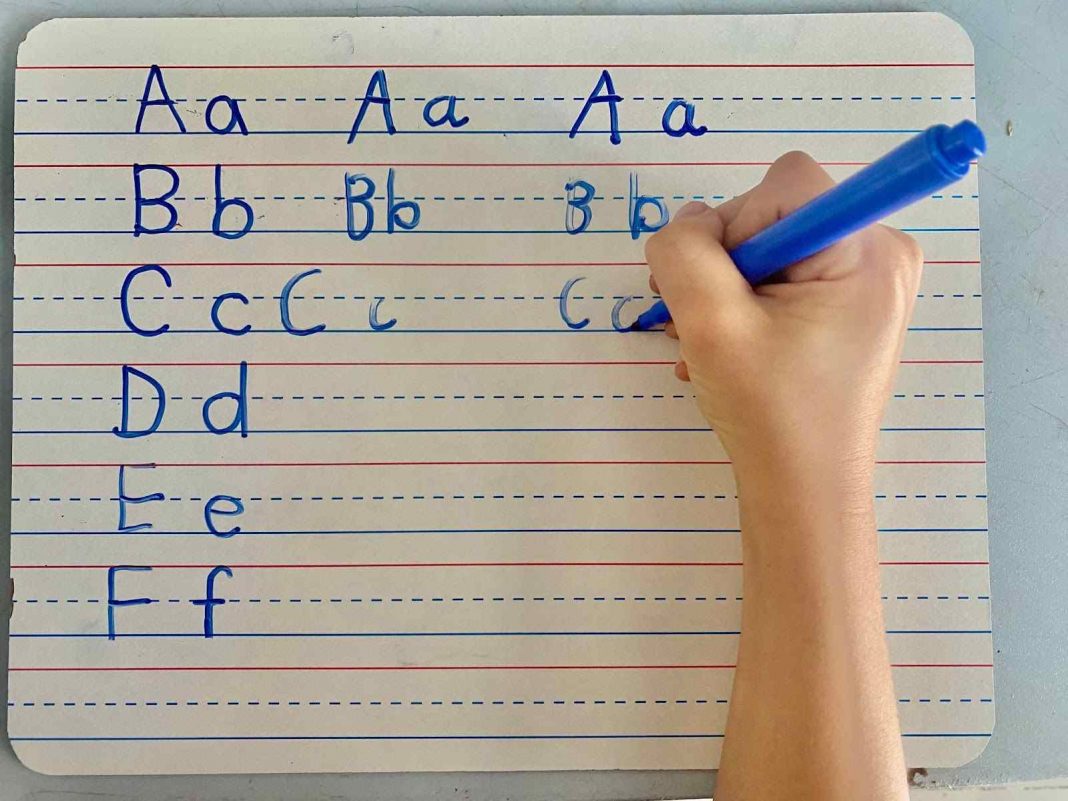- 1. Start with Pre-writing Skills
- 2. Basic Strokes
- 3. Group Letters by Similar Strokes
- 4. Use Multi-Sensory Methods
- 5. Teach Letter Names and Sounds Together
- 6. Practice with Guided Directionality
- 7. Focus on Lowercase Letters First
- 8. Provide Templates and Tracing Opportunities
- 9. Encourage Independent Writing
The ability to write is not just a fundamental skill; it’s a gateway to expressing thoughts, ideas, and creativity. At the heart of writing lies the art of letter formation, a skill often overlooked. Proper letter formation is essential for developing legible handwriting, which can significantly impact a child’s confidence and academic performance.
Math & ELA | PreK To Grade 5
Kids see fun.
You see real learning outcomes.
Watch your kids fall in love with math & reading through our scientifically designed curriculum.
Parents, try for free Teachers, use for free
This blog explores the essence of letter formation, its importance for young learners, the key skills involved, and effective teaching strategies.
What is Letter Formation?
Letter formation refers to correctly creating the shapes of letters from the alphabet. It’s an essential part of alphabet formation, involving specific guidelines such as stroke order and directionality. Stroke order means the sequence in which the parts of a letter are drawn, while directionality is the direction in which each part is made. Together, these components ensure that each letter is formed efficiently and recognizably. This foundational skill not only aids in making handwriting more legible but also supports the ease of transitioning from printing to cursive writing in future learning stages.
What are the Key Letter Formation Skills?
- Understanding of Basic Strokes and Shapes: Grasping the fundamental components of alphabet letter formation, such as lines, curves, and circles.
- Recognition of Letters: The ability to identify and differentiate between the letters of the alphabet.
- Motor Skills for Writing: Developing the hand-eye coordination and fine motor skills necessary to write letters accurately and fluently.
- Directionality and Order of Strokes: Knowing the correct direction to start and sequence to follow when forming each letter, ensuring consistency and legibility in writing.
How to Teach Letter Formation?
1. Start with Pre-writing Skills
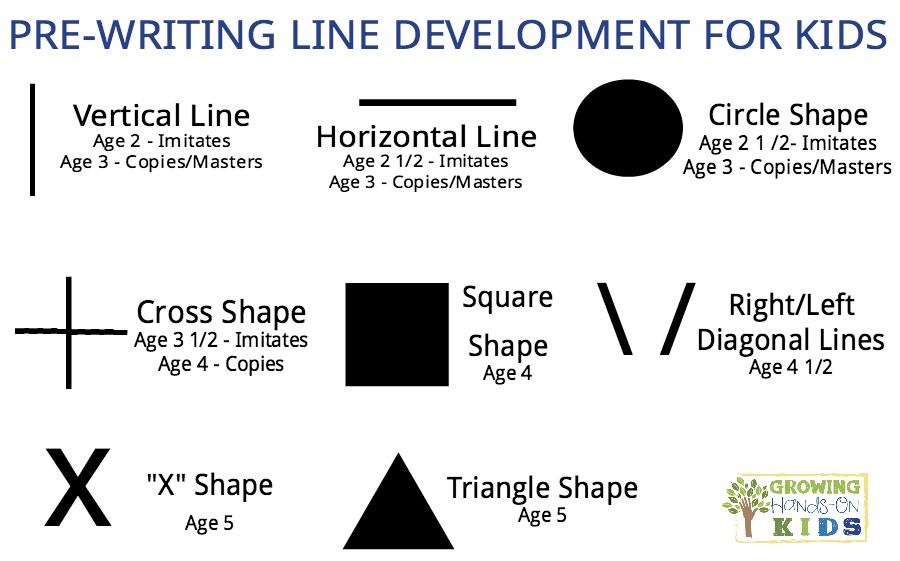
The foundation of teaching correct letter formation begins with developing motor skills and hand-eye coordination. These are essential for children to correctly hold a pencil and move it with precision.
Activities:
- Start with fine motor and hand-eye coordination skill games:
- Threading beads
- Cutting with scissors
- Playing with playdough to strengthen fine motor skills
- Use dot-to-dot drawing or tracing over dashed lines to improve hand-eye coordination.
Milestones: Mastery of simple pre-writing shapes (e.g., vertical lines, horizontal lines, circles), proper pencil grip, and the ability to trace lines and shapes accurately.
2. Basic Strokes
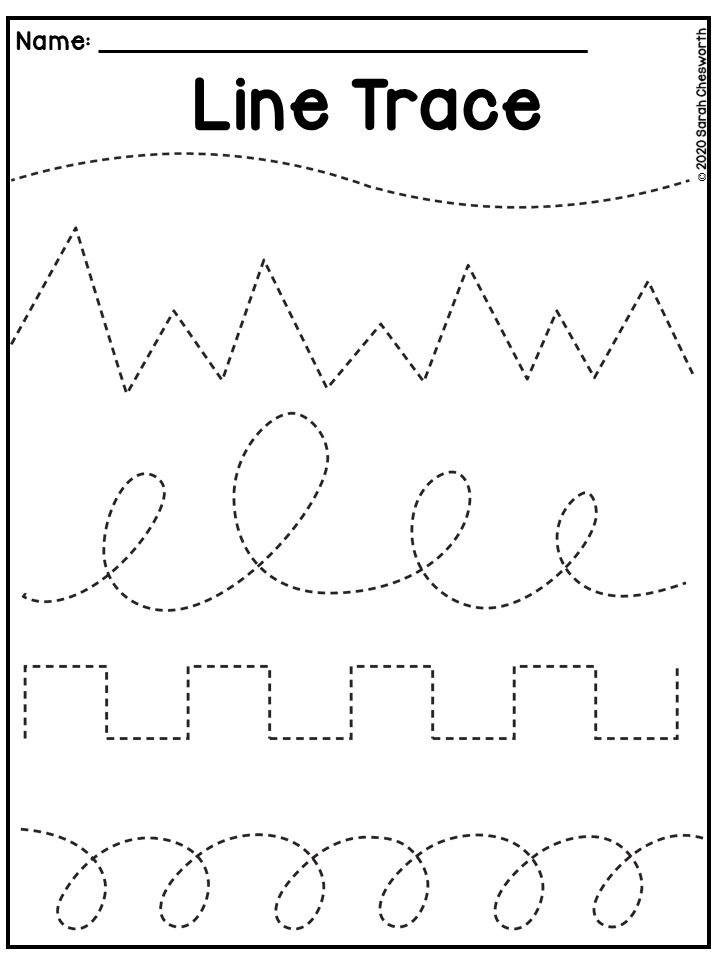
The core of English alphabet letter formation is learning the basic strokes. These include vertical and horizontal lines, circles, and curves. Activities focusing on these basic elements help children understand the movements necessary for writing letters.
Activities:
- Start with tracing activities using worksheets that feature straight lines, curves, and circles.
Get started here:
- Move on to drawing these shapes in the air with fingers and then on paper with a pencil.
- Incorporating fun tools like finger paints or chalk can make this learning process enjoyable.
Milestones: Ability to independently draw straight lines, circles, and curves. Recognition of these shapes in different contexts, showing readiness to start forming specific letters.
3. Group Letters by Similar Strokes
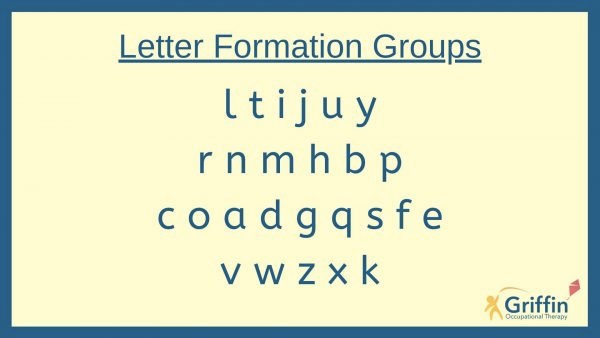
Once children are comfortable with the basic strokes, introduce letter formation by grouping letters with similar stroke patterns. This strategy simplifies learning by leveraging their familiarity with certain movements.
Activities:
- Use letter grouping worksheets where children can practice letters with similar strokes, such as ‘l’, ‘t’, and ‘i’, followed by round letters like ‘o’, ‘c’, and ‘e’.
- Engaging in activities like painting these groups on a large sheet of paper or forming them with clay can enhance the learning experience.
Milestones:
Identifying and writing groups of letters based on their stroke similarity. Showing increased speed and confidence in forming these letters, indicating a solid understanding of their basic strokes.
4. Use Multi-Sensory Methods
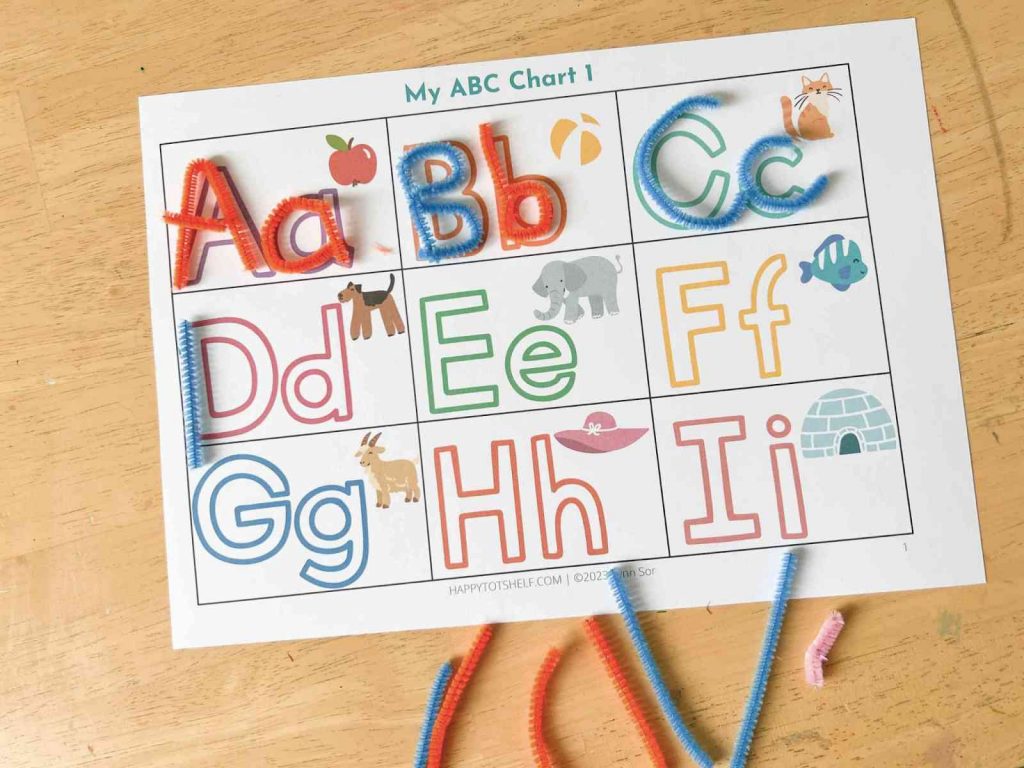
To support proper letter formation, employing multi-sensory methods can make the learning letter formation process more effective and enjoyable. By engaging tactile, visual, and auditory senses, children can experience letters in diverse ways, enhancing memory and understanding.
Activities:
- Tactile: Let children form letters with playdough, trace letters in a tray of sand, or move their fingers along glitter glue letters to feel the shape.
- Visual: Use brightly colored letters and animations that show the stroke order and direction. Flashcards with both uppercase and lowercase letters can help in recognition.
- Auditory: Incorporate songs or rhymes that describe the process of writing letters. Sound out each letter as it is written to reinforce phonics skills.
Milestones: Recognizing letters in various formats and mediums. Demonstrating the ability to replicate letter forms through different sensory methods. Improved recall of letter shapes and sounds, indicating a well-rounded understanding of letter formation.
5. Teach Letter Names and Sounds Together
A crucial step in learning letter formation is to understand not just how to draw a letter, but also its name and the sound it represents. This enhances phonemic awareness, allowing children to make connections between the letters they write and the words they read or hear.
Activities:
- Integrate phonics games that connect letter sounds with letter shapes. Begin with these activities to teach letter-sound:
- Use alphabet books that emphasize the letter’s name and sound, encouraging children to trace the letter while articulating its sound.
Milestones: Ability to correctly identify letters and their corresponding sounds. Using letter names and sounds interchangeably in activities indicates a solid understanding of the alphabet’s phonemic properties.
6. Practice with Guided Directionality
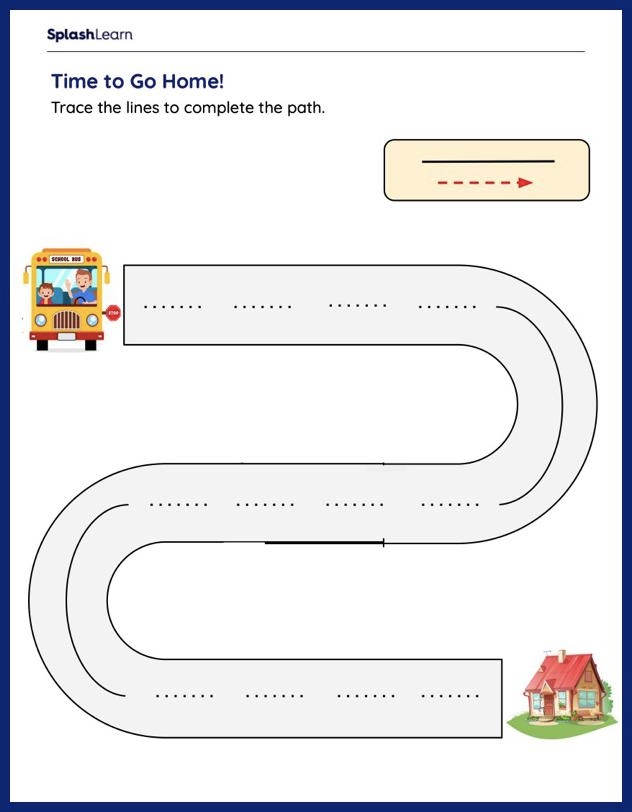
Proper letter formation requires knowledge of where to begin each stroke and its direction. Teaching this through verbal cues and visual aids helps children remember the correct formation patterns.
Activities:
- Provide worksheets highlighting the starting points and direction of strokes for each letter, using arrows and numbers to guide the sequence.
- Use verbal instructions like “start at the top and draw down” for letters like ‘L’ or “circle around and close at the top” for ‘O’. For younger children, hand-over-hand guidance can also be helpful.
Milestones: Demonstrating the correct start point and stroke direction when writing letters independently. Reduced instances of letter reversal or incorrect stroke order, indicating a grasp of guided directionality in letter formation.
7. Focus on Lowercase Letters First
Lowercase letters are more prevalent in reading materials than uppercase ones. Therefore, introducing lowercase letters in the learning letter formation process helps align a child’s learning experience with the texts they will encounter most often. This approach makes learning more practical and streamlines the acquisition process of reading skills.
Activities:
- Begin with activities that emphasize recognizing and writing lowercase letters, such as matching games that pair lowercase letters with pictures of objects that start with that letter.
- Alphabet books focusing on lowercase letters can also be beneficial.
Milestones: Ability to recognize and write most lowercase letters independently. Showing a preference for using lowercase letters in writing tasks indicates a solid foundational understanding.
8. Provide Templates and Tracing Opportunities
Before moving to independent writing, providing plenty of opportunities for guided practice is important. Templates and tracing worksheets facilitate proper letter formation by offering a structured path for children to follow, helping them learn the correct stroke order and directionality.
Begin with these tracing worksheets:
Milestones: Increased accuracy in tracing letters without deviating from the template. Beginning to show confidence in stroke order and direction, readying for the next step of independent writing.
9. Encourage Independent Writing
Transitioning from guided practice to writing letters independently is crucial in mastering letter formation. This stage encourages creativity and reinforces the motor skills necessary for writing.
Activities:
- Provide lined paper and ask children to write letters from memory, encouraging them to think about each letter’s shape, size, and orientation.
- Writing simple words or their names can be a motivating way to practice independent letter formation.
Milestones: Writing letters without visual prompts. Demonstrating understanding proper letter sizes and spaces between letters, indicating readiness for more complex writing tasks.
5 Tips for Teaching Letter Formation
- Learning letter formation takes time. Regular practice with consistent techniques reinforces learning.
- When guiding stroke order and direction, use straightforward language that children can easily follow.
- Utilize games, songs, and stories about letters to make the learning process enjoyable and engaging.
- Demonstrating letter formation yourself can provide a clear example for children to mimic.
- Ensure children hold their writing tools correctly and are positioned comfortably for writing.
5 Ways to Teach Letter Formation
1. Online Games
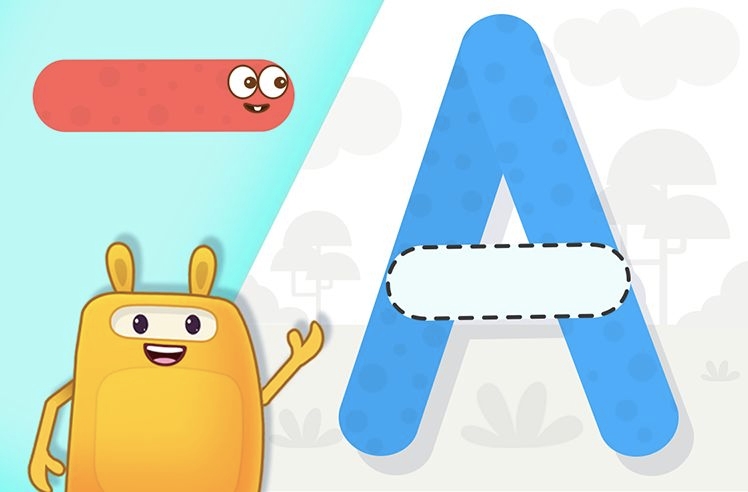
Utilize interactive online games that focus on letter formation. SplashLearn letter games feature engaging animations and instant feedback, making learning fun and effective. Immediate feedback helps correct errors in real time, reinforcing proper letter formation.
2. Worksheets
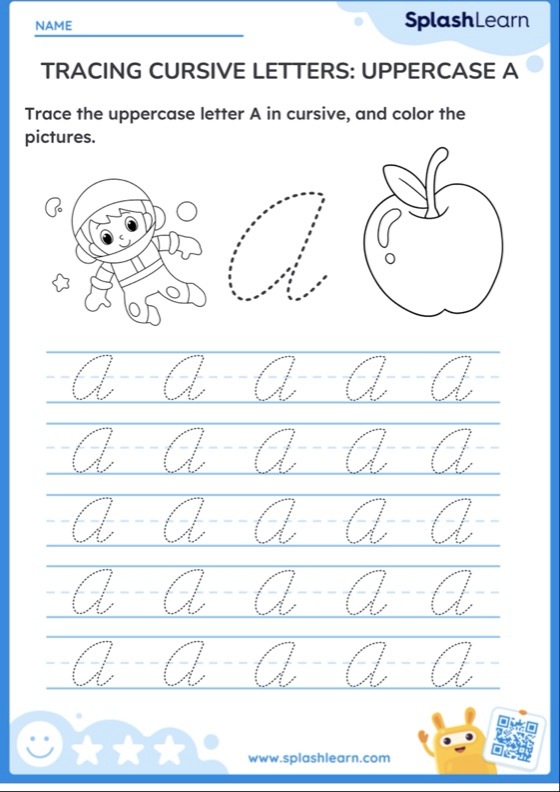
Provide letter worksheets that focus on tracing and independently writing letters. Worksheets can range from simple letter tracing to more complex activities involving writing letters within words. Worksheets offer structured practice, allowing children to familiarize themselves with the shape and structure of each letter. Tracing reinforces muscle memory for letter formation.
3. Sand Tray Writing
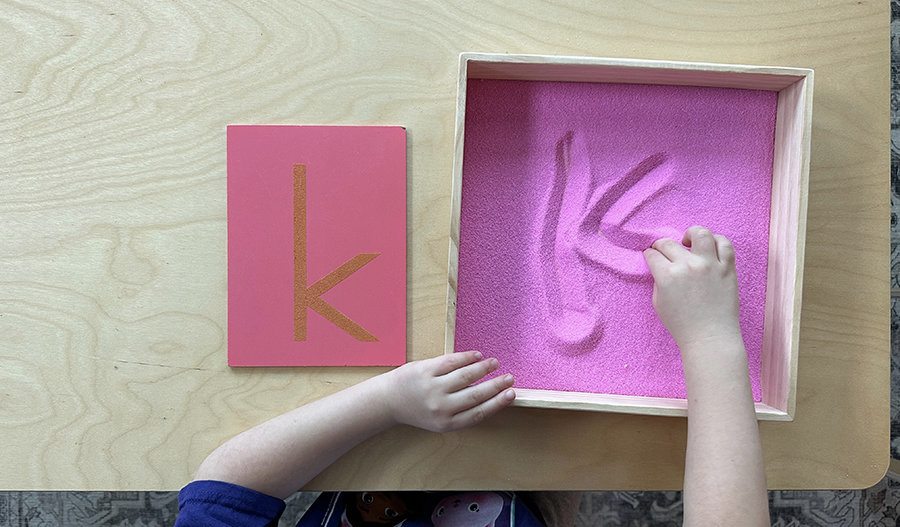
Fill a shallow tray with a layer of fine sand or salt. Children use their fingers or a stick to practice writing letters in the sand, then shake the tray to reset. The tactile feedback from the sand supports motor skill development and memorization of letter shapes. Erasing mistakes is easy, encouraging experimentation. Call out letters and have children write them in the sand, correcting their strokes as needed. This can be made into a fun game by timing their responses or having them close their eyes and guess the letter you’ve written in the sand.
4. Letter Formation with Playdough
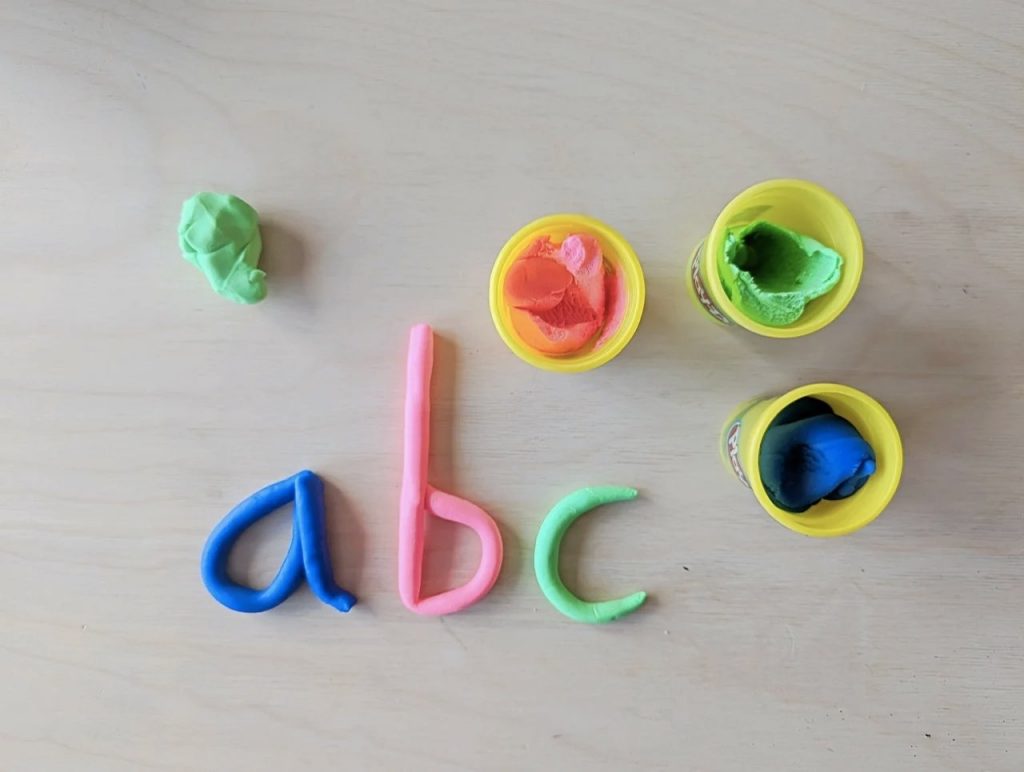
Children roll playdough into thin lines to shape letters. This activity can be extended by using playdough to fill in letter-shaped templates. Manipulating playdough strengthens fine motor skills crucial for writing. The tactile experience helps imprint letter shapes in memory. Challenge children to create the entire alphabet with playdough or match playdough letters to printed ones. Encourage creativity by using different colors for each letter.
5. Letter Construction Sets
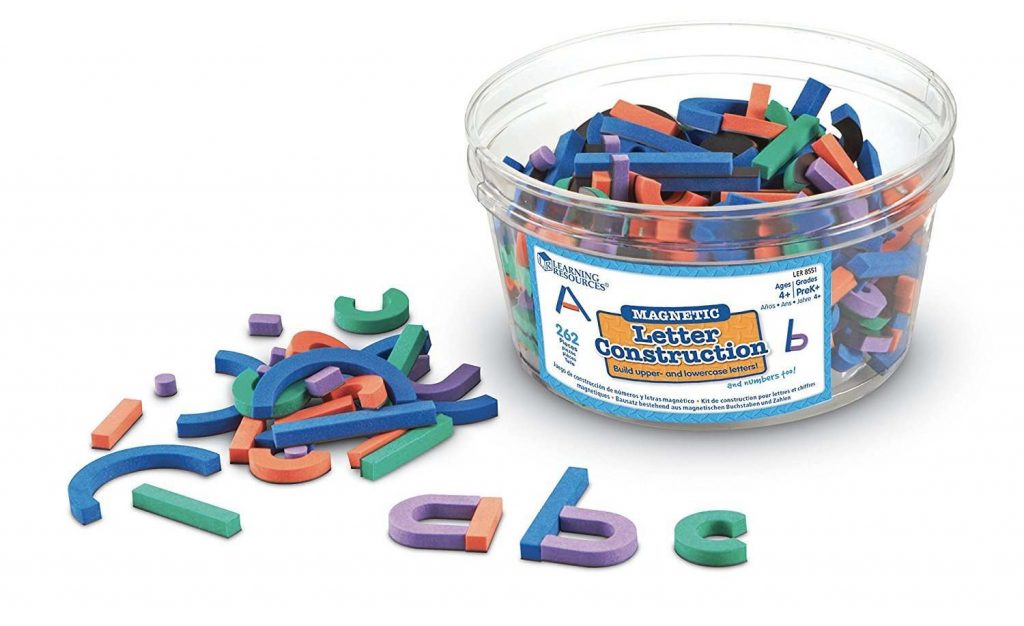
Utilize sets that include lines, curves, and shapes for constructing letters. Children can manipulate these pieces to form letters, helping them understand the components that make up each letter and how they come together.
Related Reading: How to Write Alphabets in Cursive
Conclusion
Learning to form letters correctly is a foundational step in a child’s educational journey. By incorporating various engaging activities and consistent practice, we can make this learning process enjoyable and effective, setting the stage for a lifetime of literacy.
Related Reading: How to Teach Alphabet to Kids: 10 Best Tips
Frequently Asked Questions (FAQs)
What are the patterns of letter formation?
Letter formation patterns include starting points, stroke direction, and stroke order. To simplify learning, common patterns group letters by similar strokes, like vertical lines (l, t) or curves (c, o).
Why do children struggle with letter formation?
Children may struggle with letter formation due to underdeveloped fine motor skills, lack of practice, or difficulties in understanding the direction and sequence of strokes.
What are the best practices for preschool letter formation?
Best practices for preschool letter formation include starting with basic strokes and shapes, using multi-sensory teaching methods, and introducing letters through playful and engaging activities.
How can I support letter formation for kindergarten students at home?
Supporting letter formation for kindergarten students at home involves providing plenty of practice through worksheets, online games, and tactile activities like sand tray writing or playdough letters. Encouraging daily writing, even through simple tasks like creating shopping lists or drawing, can reinforce their practical skills.

















